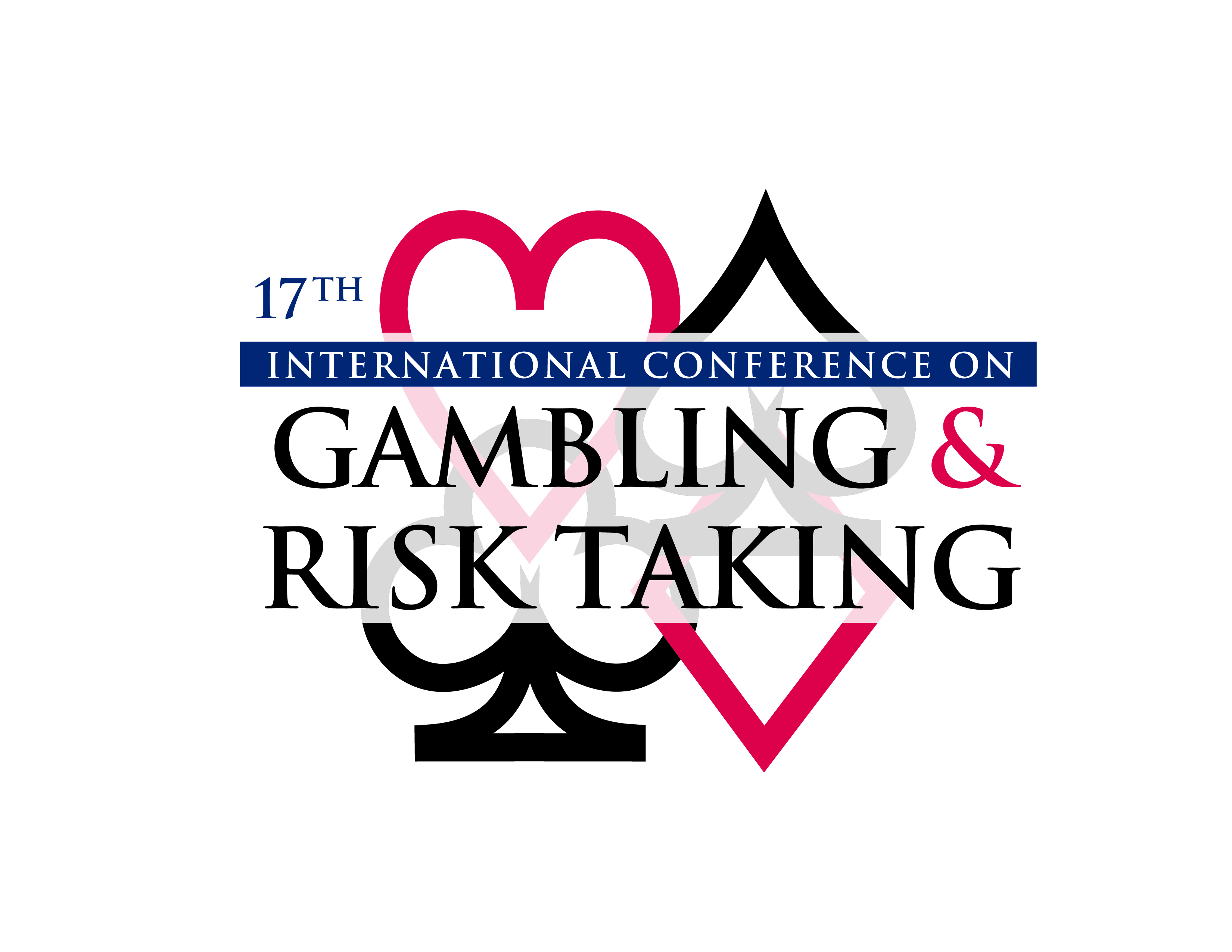Session Title
Session 3-3-B: Global Case Studies
Presentation Type
Event
Location
Caesars Palace, Las Vegas, Nevada
Start Date
30-5-2019 1:45 PM
End Date
30-5-2019 3:10 PM
Disciplines
Leisure Studies | Quantitative Psychology | Social Statistics
Abstract
This study reports the prevalence of problematic gambling in Santiago de Chile for the period 2015-2018. Two household-based surveys were implemented in the metropolitan area of Santiago de Chile in 2015 and 2018 in order to assess changes on the prevalence, characteristics and severity of gambling (n=1030 each; SE=2,2% for a CI=95%). Severity of gambling was measured using the NODS scale.
Results show that during the analysed period the percentage of at-risk players has increased, passing from 14,3% to 16,1%, among them, we identified a decrease in the prevalence of pathological gamblers, passing from 2,4% to 1,4%. We also identify a change in the type of pathological gambler: while in 2015, the main pathological gamblers were women, in 2018, most pathological players were men. In both years, most pathological gamblers came from lower social strata.
In both years, the most played games were bingo and lottery, scratch cards and nonregulated slot machines. In 2018, most people declared to play solo, while in 2018, most people declare to play with friends and family. There are significant differences between at risk and not at-risk gamblers in satisfaction with life and other psychosocial indicators.
Keywords
Gambling, problematic gambling, NODS, Chile
Funding Sources
Funding for this research was provided by the Chilean Association for problematic gambling and Sun International Casinos -Chile.
Competing Interests
Mariela Huenchumilla is the corporate manager for responsible gambling of Sun Dreams Casinos Latin America, which is a company associated to gambling. JC Oyanedel and Andrés Rubio declare no conflict of interest.
Measuring gambling: Prevalence of at risk and problematic gambling in Chile 2015-2018.
Caesars Palace, Las Vegas, Nevada
This study reports the prevalence of problematic gambling in Santiago de Chile for the period 2015-2018. Two household-based surveys were implemented in the metropolitan area of Santiago de Chile in 2015 and 2018 in order to assess changes on the prevalence, characteristics and severity of gambling (n=1030 each; SE=2,2% for a CI=95%). Severity of gambling was measured using the NODS scale.
Results show that during the analysed period the percentage of at-risk players has increased, passing from 14,3% to 16,1%, among them, we identified a decrease in the prevalence of pathological gamblers, passing from 2,4% to 1,4%. We also identify a change in the type of pathological gambler: while in 2015, the main pathological gamblers were women, in 2018, most pathological players were men. In both years, most pathological gamblers came from lower social strata.
In both years, the most played games were bingo and lottery, scratch cards and nonregulated slot machines. In 2018, most people declared to play solo, while in 2018, most people declare to play with friends and family. There are significant differences between at risk and not at-risk gamblers in satisfaction with life and other psychosocial indicators.


Comments
The full text of this presentation will be made available on request. Data used for the second part of this article was collected between October and November of 2018.